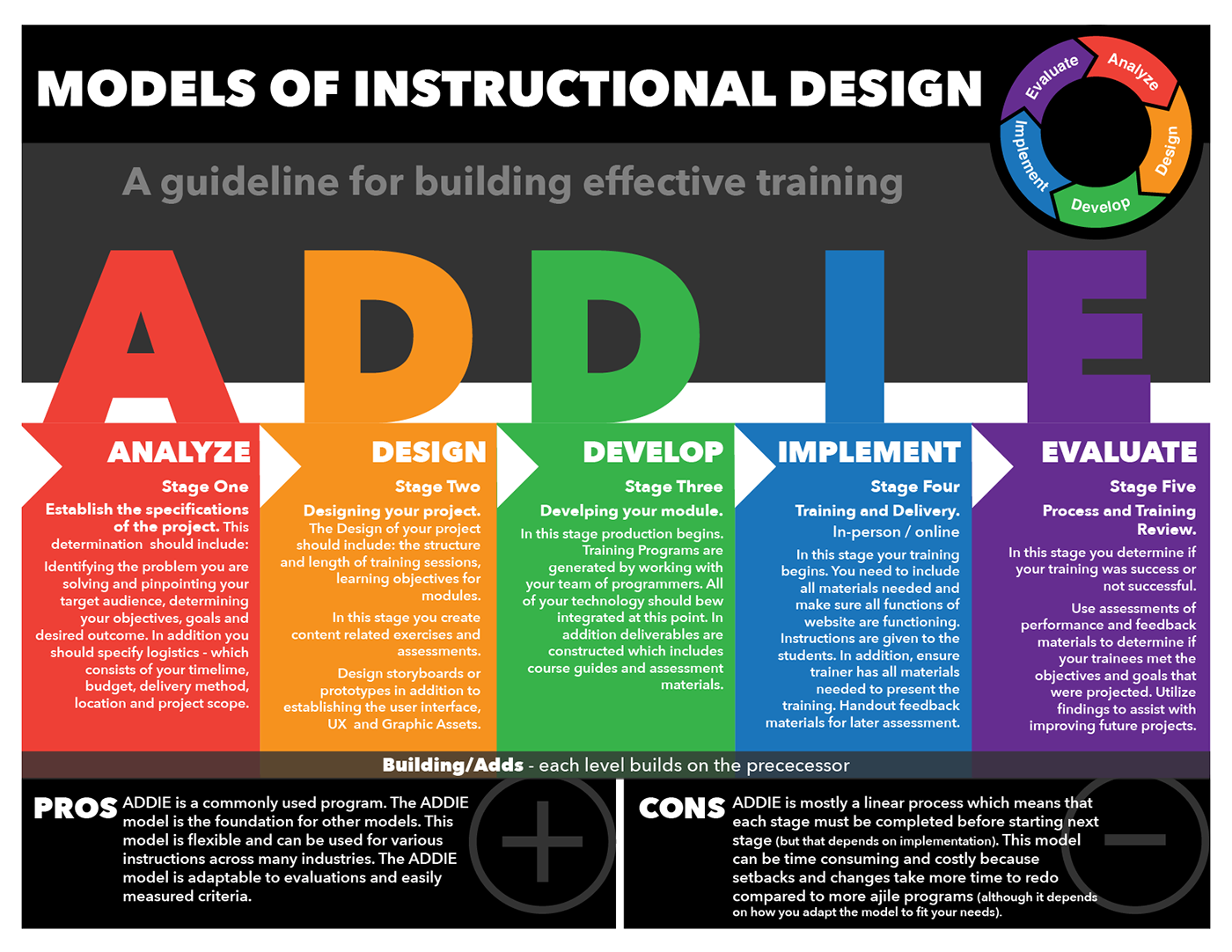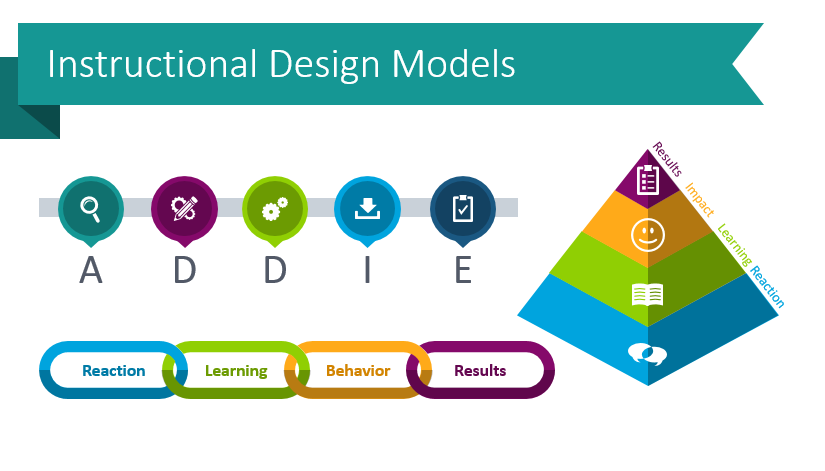Table Of Content

Instructional designers are leveraging these technologies to create immersive, interactive, and personalized learning experiences that engage learners on multiple levels. Microlearning, which involves delivering content in bite-sized and easily digestible formats, is gaining popularity. Mobile learning, facilitated by smartphones and tablets, allows learners to access learning materials anytime and anywhere. The SAM Model can adapt to these trends by designing modular and mobile-friendly learning experiences that promote on-the-go learning. Surveys and questionnaires can be distributed to learners to gather their feedback and opinions about the learning experience.
Development
Therefore, you assess the quality of training content, visual design, and interaction multiple times during a project. At each iteration, SMEs, other stakeholders, and key users can evaluate the solution. Their feedback is input for the next iteration and might originate quick corrections or improvements. This is an approach to prevent going over budget or delivering after the deadline. In this article, you’ll learn about the model and its phases and benefits. You’ll also learn why it can be a better solution than traditional approaches to eLearning development.
Implementing the SAM Model
As the field of instructional design continues to evolve, the SAM Model will continue to shape the future of learning and contribute to the advancement of effective and engaging instructional design practices. The SAM Model’s iterative and agile design process aligns with the fast-paced nature of today’s world. By embracing rapid prototyping, continuous feedback, and quick iterations, instructional designers can keep up with evolving needs and deliver timely and relevant learning experiences. This flexibility allows for more efficient development and quicker deployment of learning solutions. The SAM Model is a learner-centered instructional design approach that aims to create engaging and effective learning experiences.

The Role of Evaluation in SAM Model
This phase begins with the Savvy Start, an initial collaborative brainstorming session to establish the project foundation. The session is typically one to two days long and determines how success will be defined and measured. SAM provides the options, strategies, and tools for these teams to be successful. SAM is just one method we use to bring you (and selfishly us!) pure delight that reinforces our mission and vision. There are always ideas for improvement which, if incorporated, would delay delivery.
The SAM Model: An Agile Approach to Instructional Design
Continuously analyze, identify areas for improvement, set goals, develop solutions, test, and evaluate. This iterative approach ensures that the learning experience remains dynamic and responsive to the evolving needs of learners. Once a prototype is created, it is crucial to gather feedback from learners, subject matter experts, and other stakeholders. This feedback serves as valuable input for refining the design and making necessary adjustments. By involving multiple perspectives, instructional designers can ensure that the learning experience meets the needs and expectations of all stakeholders.

Iterative development phase
Because the model allows for changes to be made at any stage of the design process, there is a risk that the project could expand beyond its original scope. SAM is different from traditional ways of making eLearning because it’s more flexible and adaptive. Traditional methods often follow a linear path, where you can’t easily make changes once you’re deep into development. It allows you to adjust and improve as you go, making your eLearning more effective.
AI Prompt Engineering Isn't the Future - HBR.org Daily
AI Prompt Engineering Isn't the Future.
Posted: Tue, 06 Jun 2023 07:00:00 GMT [source]
Online Learning Experience
Finally, remember that the key to SAM is iteration; you will return and repeat the design phase to improve the course content and develop new ideas. Review what you made in the previous iteration and identify the necessary changes based on real-life feedback during implementation. SAM1 allows for very rapid production of training programs where feedback is quickly obtained during the prototyping and testing of different ideas. Research shows using SAM methods to develop e-learning content produced a more impactful and user-friendly learning environment compared to traditional techniques.
However, in my opinion, anyone dealing in such instructional learning experiences is an instructional designer, even if they have not had formal training as such. In fact, for these people, SAM and ADDIE can be even more helpful.Have you met SAM and ADDIE? The idea is that, over time, real-world feedback would help you improve your learning experience more than careful but time-consuming planning. With such a radically different approach to development than many instructional designers may be familiar with, it can feel hard or even impossible to start practicing the Successive Approximation Model. By comparison, SAM is an iterative, or “agile” approach to instructional design, whereby steps are frequently returned to and repeated in circular patterns or progress until the desired outcome is achieved.
Training evaluation form
Many traditional, linear approaches to project development require clients to sign off on project specifications and requirements while they are still abstract, that is, without seeing any visualizations first. As a result, clients may face a rude shock months into the project when the first beta project is nothing like what they expected, or is obviously the wrong solution to the problem. From here, the team should undertake multiple rounds of further design, prototyping, and review, with each round delivered quickly to gather feedback and move closer towards a final design. The SAM approach was designed by Dr. Michael Allen and introduced to the world in 2012.
At this stage, no major course flaws should be discovered, but it is still common for minor editing opportunities to come up. It’s a linear approach—like a production line—with each step depending on the successful completion of the previous one. At the moment, many areas of the world are exploring how people can move back to partial (or full), in person, physical work and education. Even so, it appears that our long-term experiences with online and mobile learning, training, work, etc. have changed our ideas. In other words, both physical and digital rather than just one or the other.
Sam Hanna joins American University's School of Professional & Extended Studies - American University
Sam Hanna joins American University's School of Professional & Extended Studies.
Posted: Mon, 24 Sep 2018 07:00:00 GMT [source]
SAM requires tight deadlines and fast turnarounds to generate new course material or content and potentially overhaul the entire structure.
SAM is not industry-specific; its implementation can be beneficial regardless of audience, type of content, or scale. View USC Rossier’s scholarship finder to identify other scholarships and funding opportunities. Carefully note the scholarship application deadlines, which may occur before the final program application deadline.

No comments:
Post a Comment